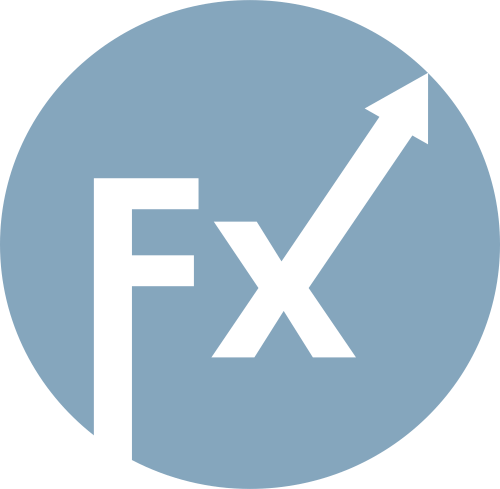

The euro has weakened significantly. Recently, more and more policymakers from the ECB have been advocating for a more cautious approach when making decisions on interest rate cuts, but Governing Council member of the European Central Bank Olli Rehn is not among them.
Yesterday, the policymaker warned that there is a risk consumer price growth could slow to below the 2% target. "We have roughly achieved the goal — in that sense the situation is good right now," said the head of the Bank of Finland. "However, in the next couple of years, we can expect inflation to slow, partly due to the strengthening of the euro and the stabilization of wages and service prices."
Now, after eight quarter-point cuts over the course of a year, officials are weighing the necessity of further easing. Most of them seem comfortable with a deposit rate at 2% if no new shocks occur, while others insist that further cuts should not be ruled out.
This underscores the difficulty of the task facing the central bank. On one hand, the economy shows signs of slowing, which justifies additional stimulus. On the other, excessive easing could lead to undesirable consequences such as higher inflation and the formation of bubbles in financial markets. The decision will depend on a number of factors, including the development of the economic situation in the coming months, global risks, and market reactions to previous measures. Officials are likely to monitor employment, inflation, and consumer spending data closely to determine the future path of monetary policy.
Rehn also stated that the ECB is keeping a close eye on medium-term developments. "There is enormous uncertainty in the air, driven both by geopolitical tensions and by the uncertainty stemming from the trade war — and that is why we make decisions at each meeting based on the latest data and analysis, guided by collective judgment," he said. "In times like these, monetary policy is both an art and a science."
On Monday, President Christine Lagarde confirmed that the ECB is in a good position: consumer price growth is close to the 2% target, and there is some positive underlying momentum in the economy. Others, including Chief Economist Philip Lane, also refrained from giving any clear answers about the regulator's next steps.
Economists believe that further rate cuts are unlikely, as inflation is currently hovering near the target level and is projected to reach 1.9% in 2027, after a temporary decline below that mark next year.
As for the current technical picture of EUR/USD, buyers now need to focus on reclaiming the 1.1650 level. Only this would allow for a move toward testing 1.1680. From there, a climb to 1.1715 becomes possible, but achieving this without support from major players will be quite difficult. The furthest target would be the high of 1.1745. In case the trading instrument falls, I expect serious buyer activity only around the 1.1610 level. If no one shows up there, it would be better to wait for a retest of the 1.1570 low or open long positions from 1.1530.
As for the current technical picture of GBP/USD, pound buyers need to take out the nearest resistance at 1.3405. Only then would it be possible to aim for 1.3450, above which it will be quite difficult to break through. The furthest target would be the 1.3490 level. In the event of a decline, bears will attempt to regain control at 1.3365. If they succeed, breaking that range would deal a serious blow to bull positions and push GBP/USD down to the 1.3325 low, with the prospect of reaching 1.3280.

БЪРЗИ ЛИНКОВЕ